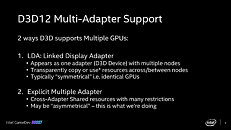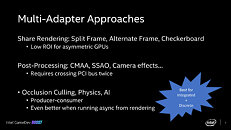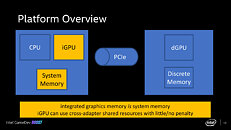
Gears of War: Reloaded Arriving This Summer - Launching on PC, Xbox Platforms & PS5
Gears of War: Reloaded is a celebration of one of gaming's most iconic franchises. Featuring 4K resolution, 120 FPS support, and the ultimate multiplayer experience with cross-progression and cross-play, across all platforms, this is the definitive way to experience the game that started it all. As we approach the 20th anniversary of Gears of War in 2026, we're reflecting on what this franchise means. It's about the stories we've told, the friendships we've built, and the unforgettable moments we've shared together. With Gears of War: Reloaded, we're opening that door to more players than ever.
A Modern Classic Goes Multiplatform
Originally released in 2006, Gears of War: Reloaded brings the full experience forward once again—enhanced for the latest hardware across multiple platforms, introducing the Gears of War franchise to a new generation of players. Developed by The Coalition in partnership with Sumo Interactive and Disbelief, Gears of War: Reloaded launches August 26, 2025, for $39.99 SRP on Xbox Series X|S, Xbox PC, Xbox Cloud Gaming, PlayStation 5, and Steam, and arrives on day one with Game Pass Ultimate or PC Game Pass. Play on Xbox Series X|S and Xbox PC with Xbox Play Anywhere. Gears of War: Reloaded includes the full breadth of content from the Gears of War: Ultimate Edition, delivering the most complete version of the original game to date. Players will gain immediate access to all post-launch downloadable content at no additional cost—this includes the bonus Campaign act, all multiplayer maps and modes, and a full roster of classic characters and cosmetics unlockable through progression.
A Modern Classic Goes Multiplatform
Originally released in 2006, Gears of War: Reloaded brings the full experience forward once again—enhanced for the latest hardware across multiple platforms, introducing the Gears of War franchise to a new generation of players. Developed by The Coalition in partnership with Sumo Interactive and Disbelief, Gears of War: Reloaded launches August 26, 2025, for $39.99 SRP on Xbox Series X|S, Xbox PC, Xbox Cloud Gaming, PlayStation 5, and Steam, and arrives on day one with Game Pass Ultimate or PC Game Pass. Play on Xbox Series X|S and Xbox PC with Xbox Play Anywhere. Gears of War: Reloaded includes the full breadth of content from the Gears of War: Ultimate Edition, delivering the most complete version of the original game to date. Players will gain immediate access to all post-launch downloadable content at no additional cost—this includes the bonus Campaign act, all multiplayer maps and modes, and a full roster of classic characters and cosmetics unlockable through progression.






































